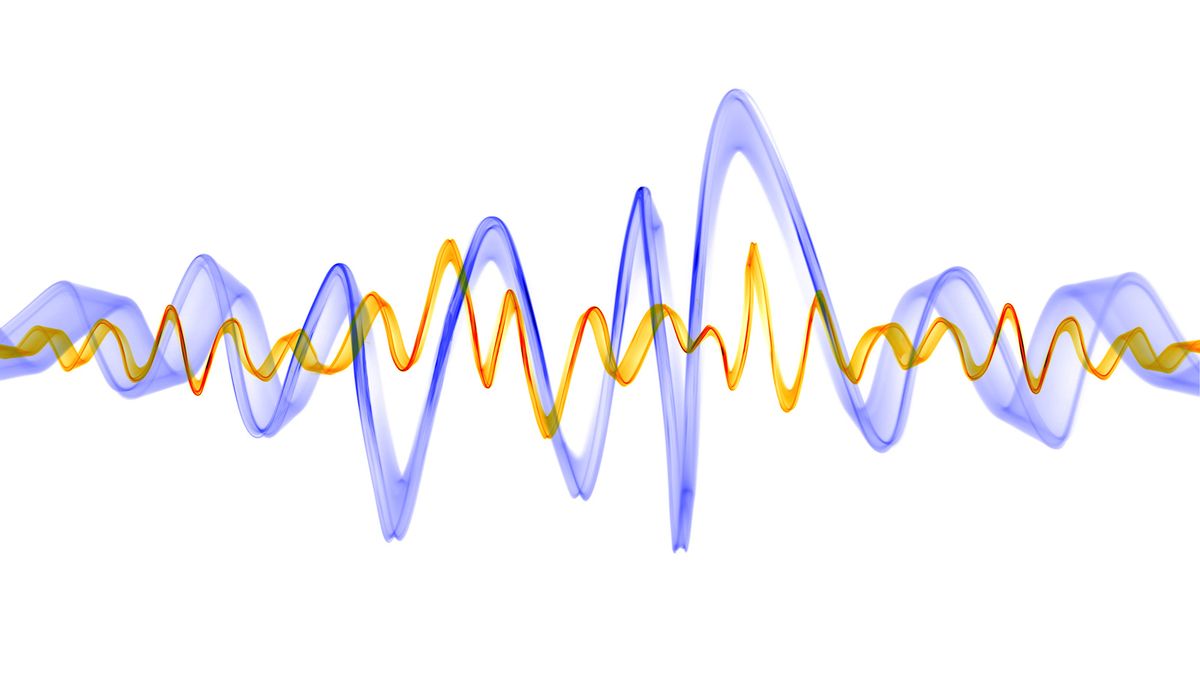[ad_1]
Here are two examples of how you might need to find frequency in real-world scenarios.
Example 1
A radio station broadcasts its signal with a frequency of 98.5 megahertz (MHz). Imagine you want to find the corresponding time period of one cycle of the radio wave.
To find the time period, you can use the frequency formula:
Frequency (f) = 1 / Time Period (T)
Rearranging the formula to solve for T, you get:
Time Period (T) = 1 / Frequency (f)
Plugging in the frequency of 98.5 MHz, you have:
Time Period (T) = 1 / 98.5 × 106 Hz ≈ 10.15 nanoseconds (ns)
This calculation helps you determine that one cycle of the radio wave has a time period of approximately 10.15 nanoseconds.
Example 2
A guitar string vibrates with a frequency of 440 Hz when producing the note A4. Suppose you want to find the wavelength of this sound wave in air.
To find the wavelength, you can use the relationship between wave velocity, frequency and wavelength:
Wave Velocity (v) = Frequency (f) × Wavelength (λ)
Rearranging the formula to solve for λ, you get:
Wavelength (λ) = Wave Velocity (v) / Frequency (f)
The speed of sound in air is approximately 343 meters per second (m/s). Plugging in the frequency of 440 Hz, you have:
Wavelength (λ) = 343 m/s / 440 Hz ≈ 0.78 meters (m)
This calculation reveals the wavelength of the sound wave producing the note A4 is approximately 0.78 meters in air.
[ad_2]
Source link
